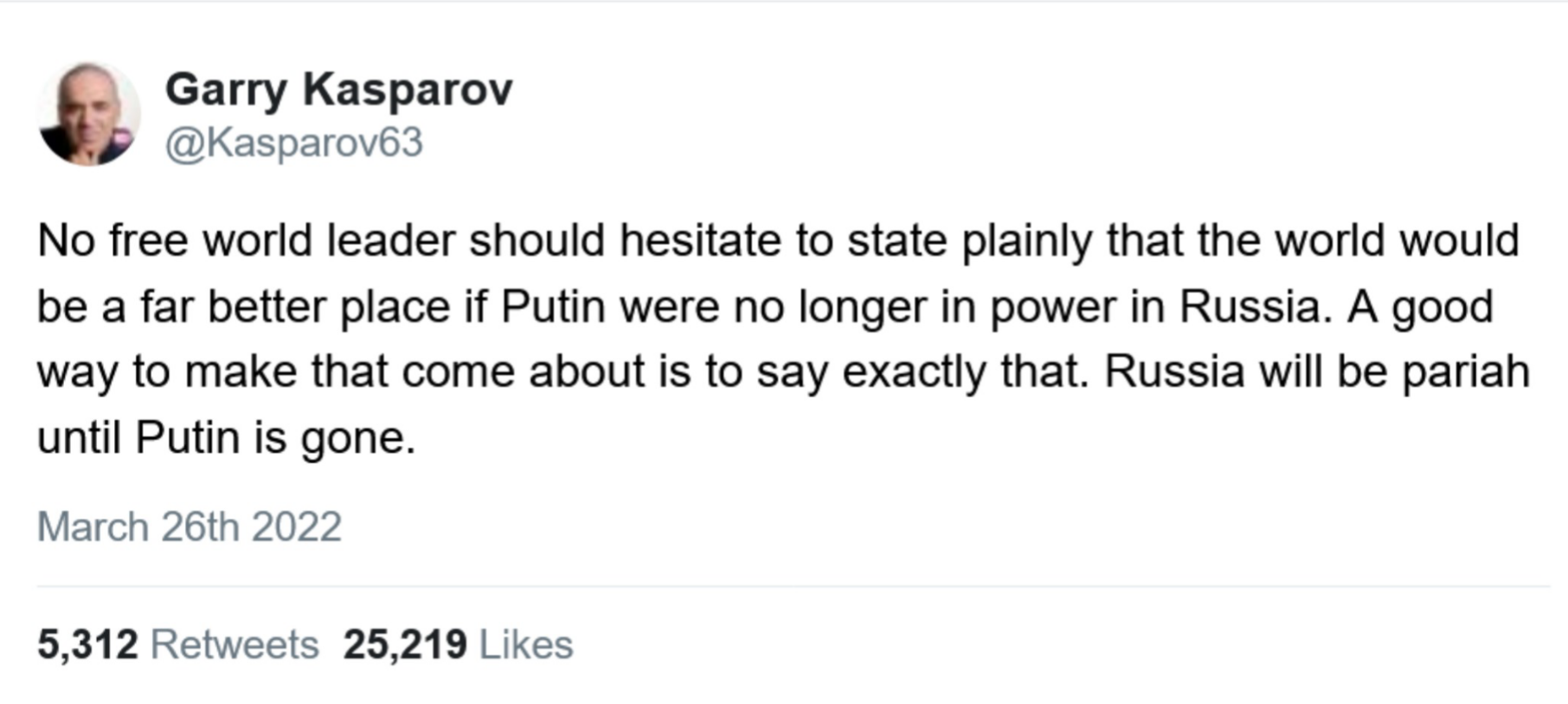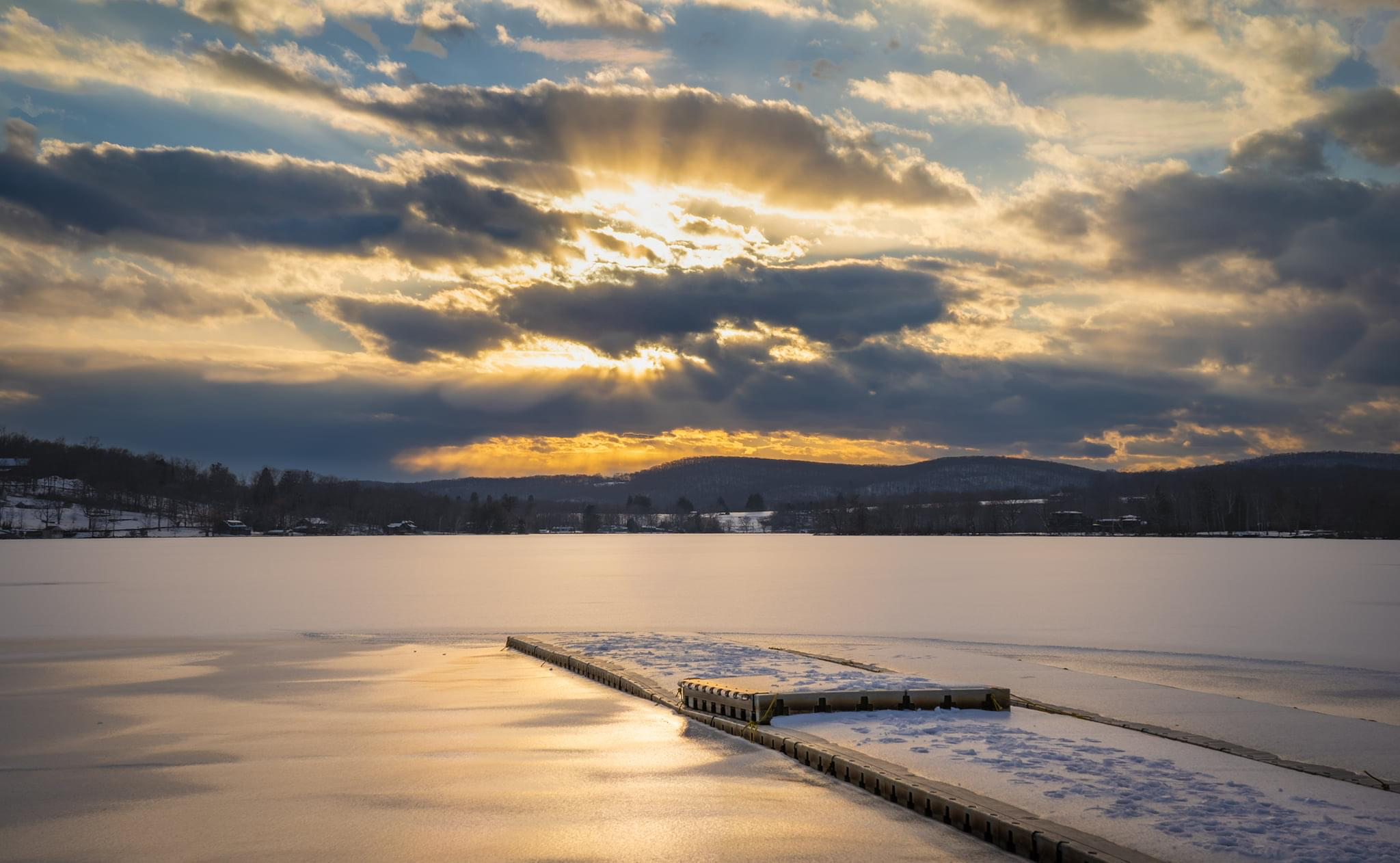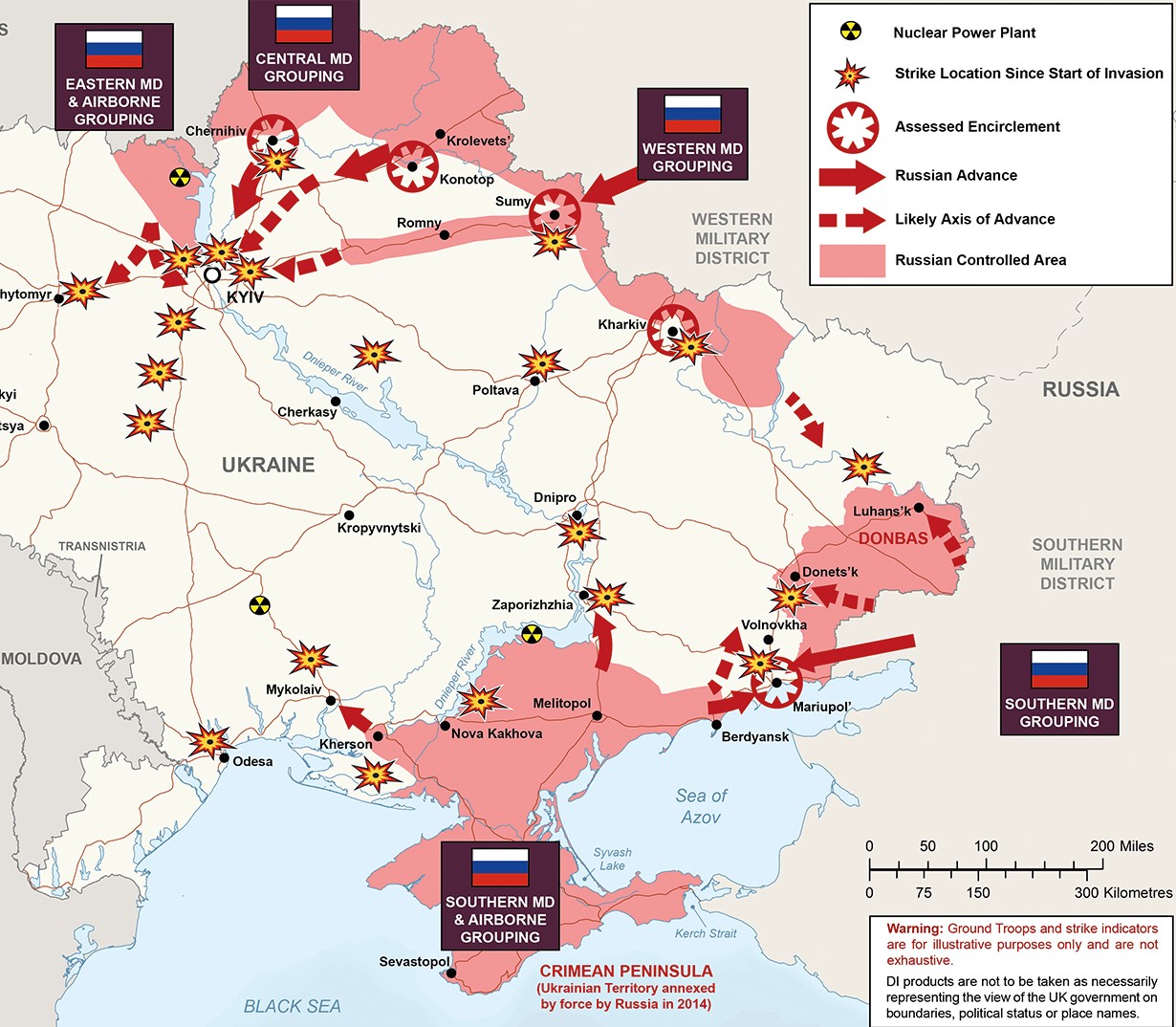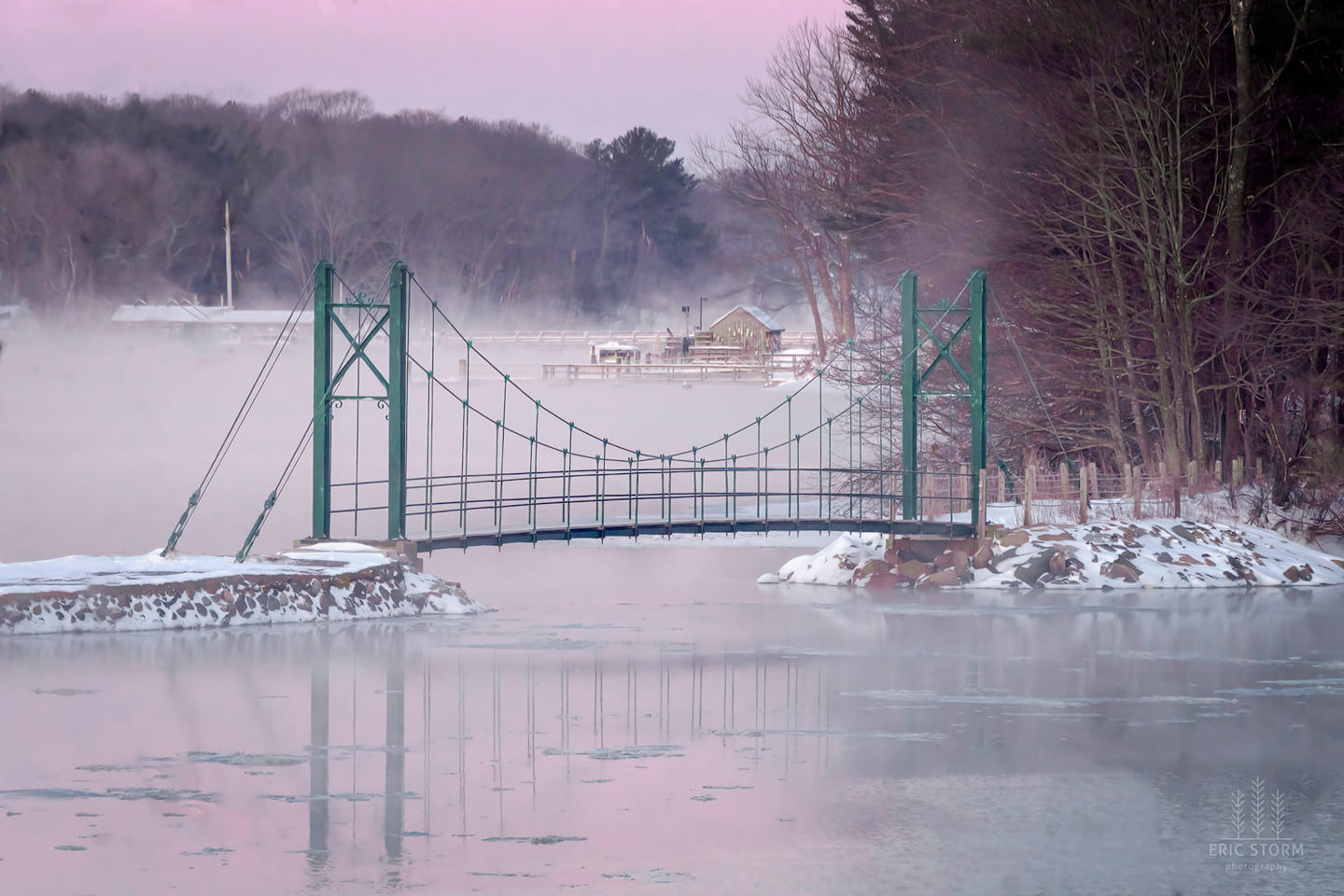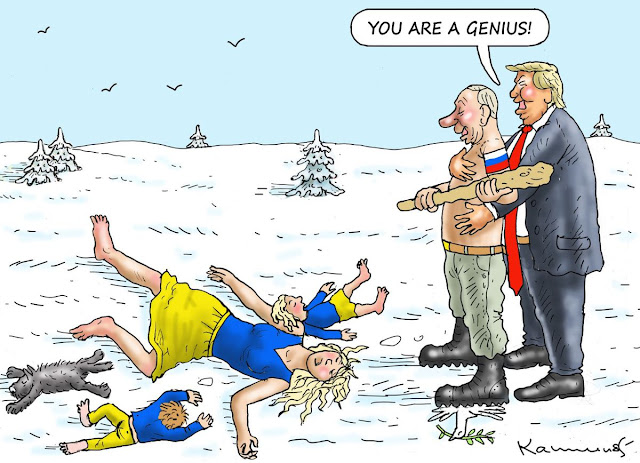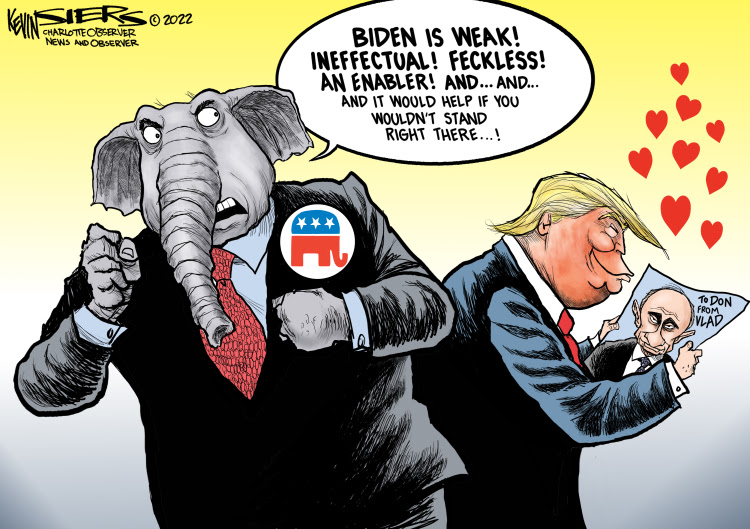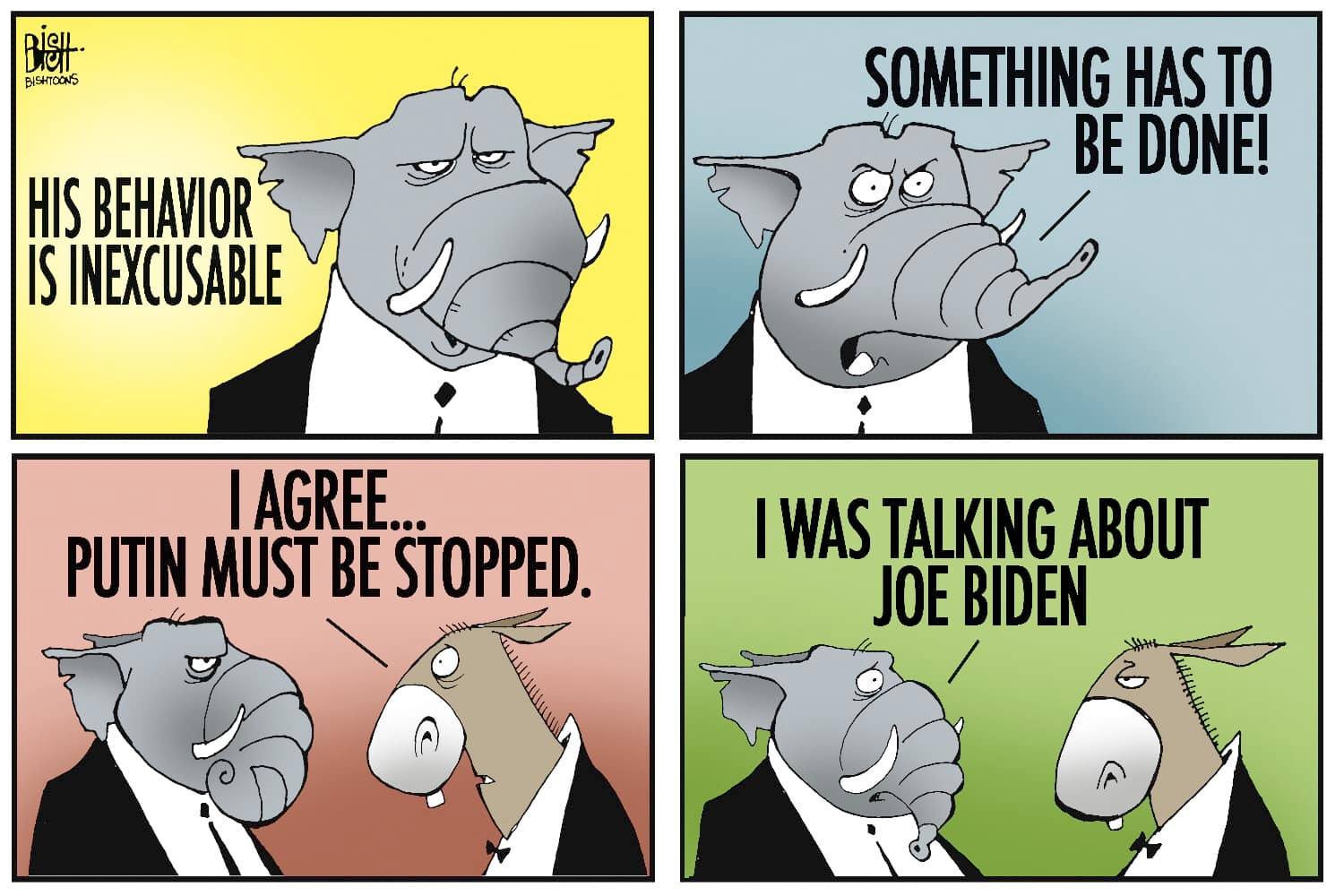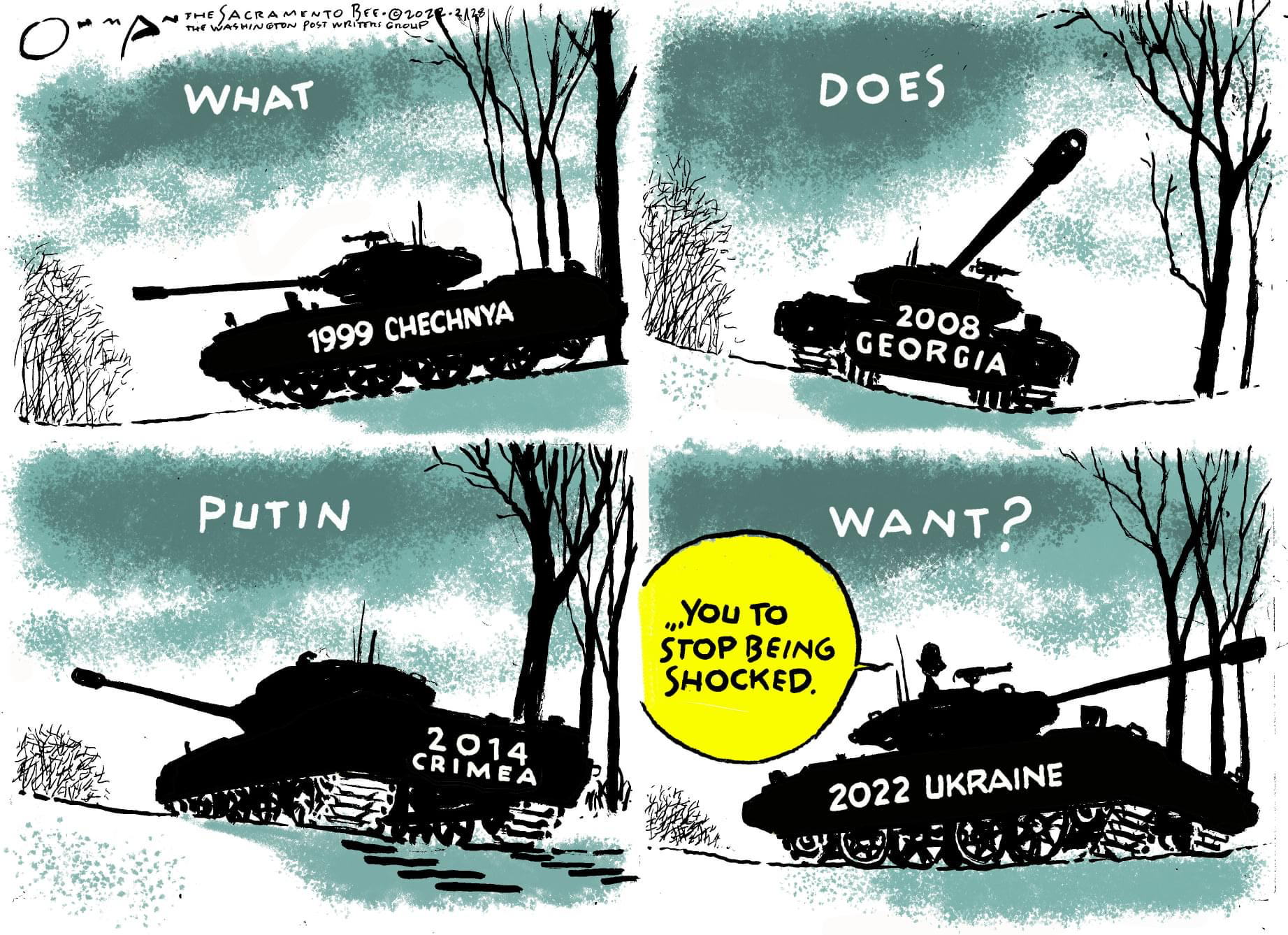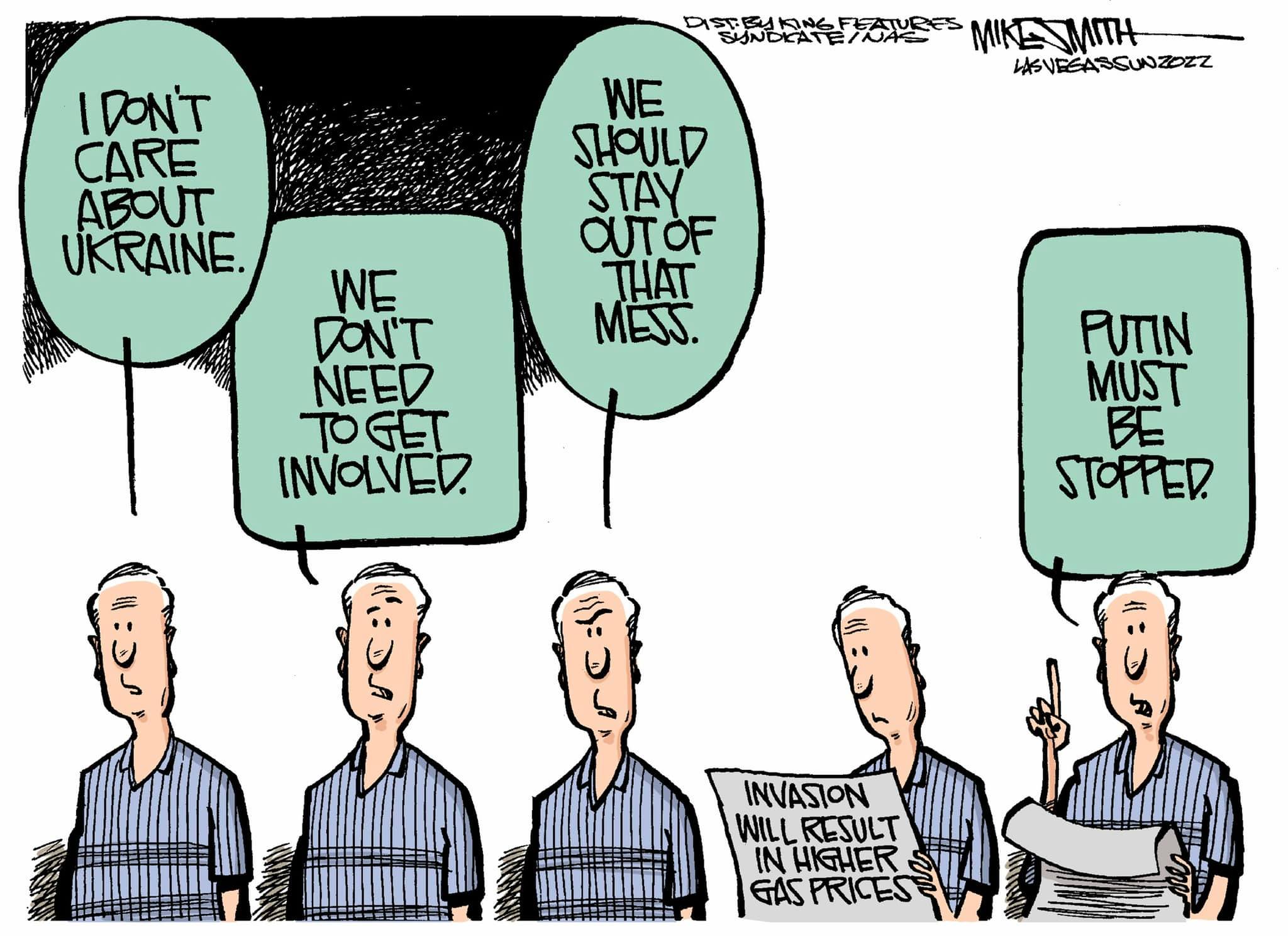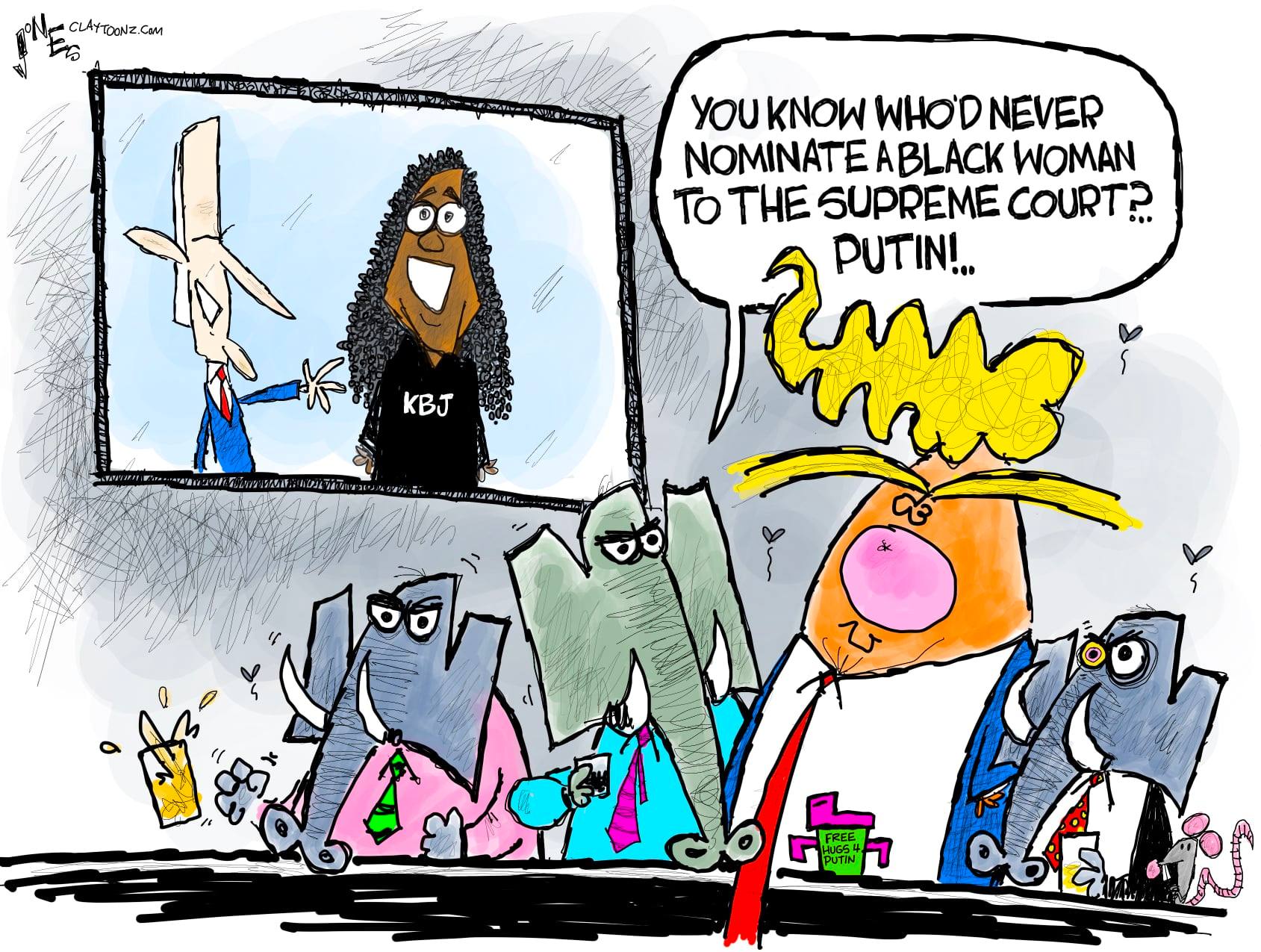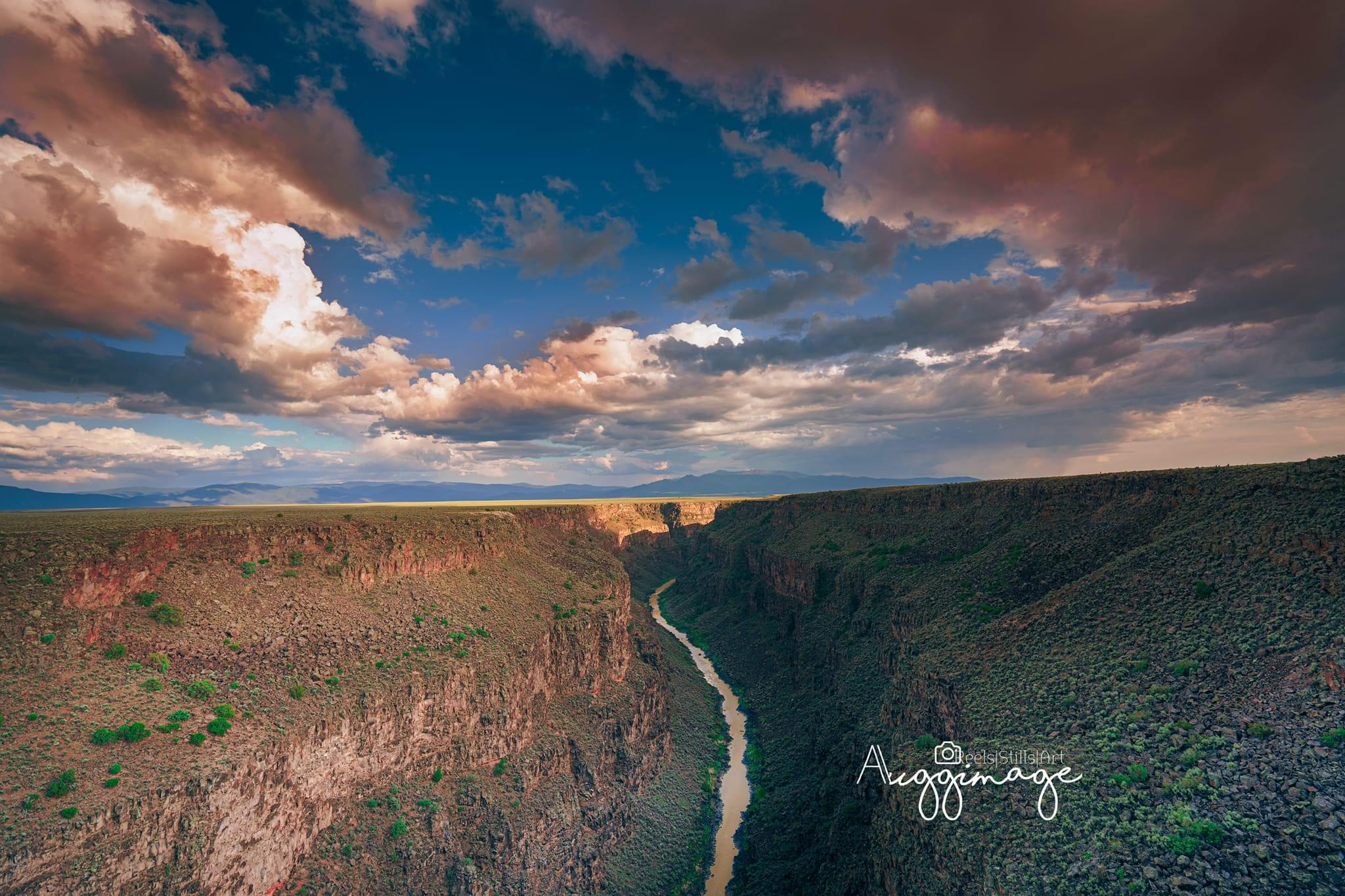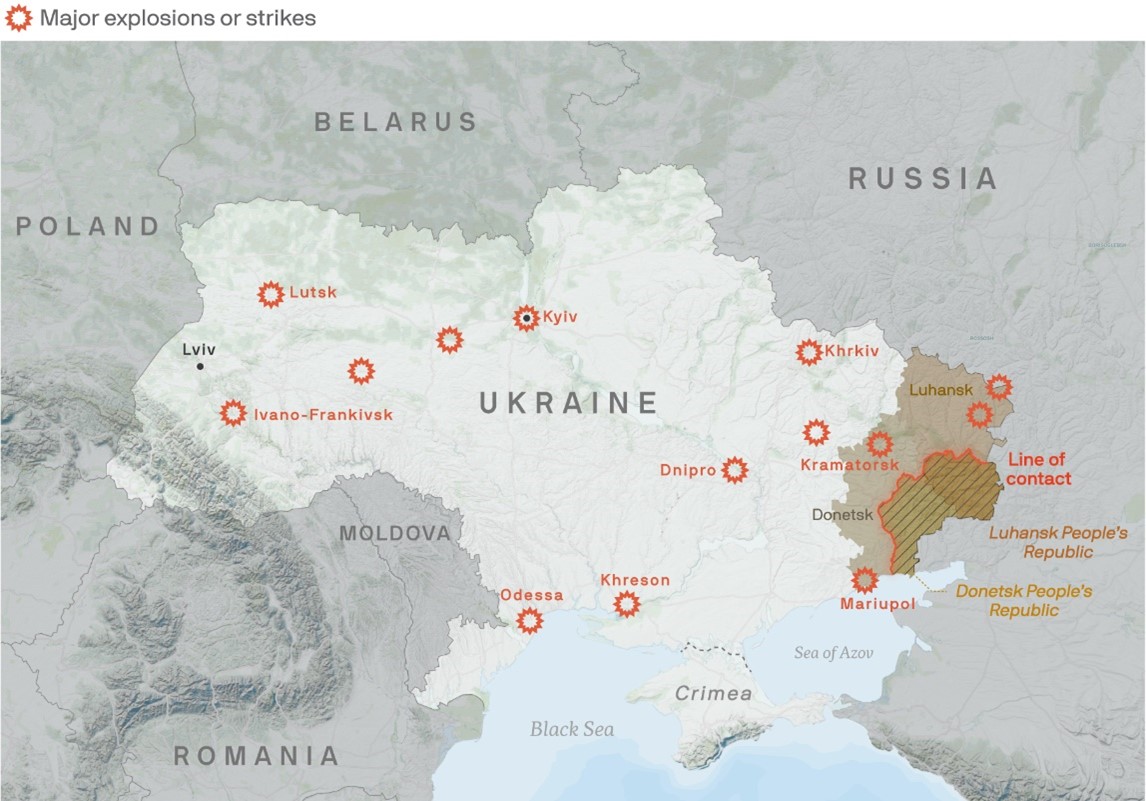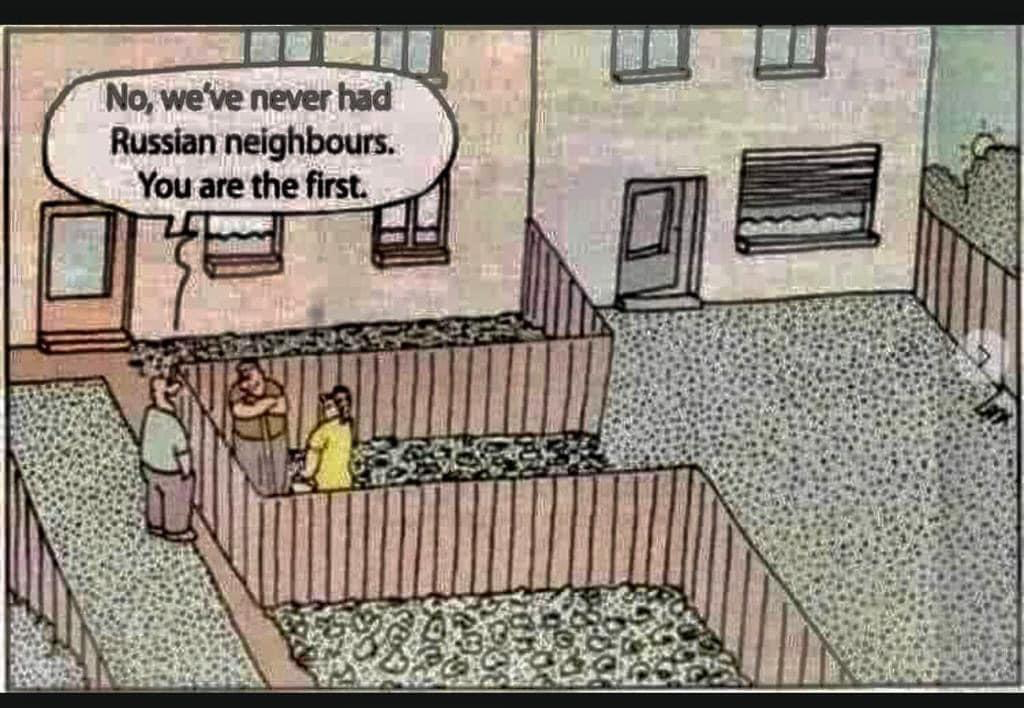The Daily Escape:

Lupine, Rocky Mountain Front, MT – April 2022 photo by Jack Bell Photography
After just a few months, the Ukraine war is escalating dangerously. Russia decided to shut off gas exports to two EU nations, Poland and Bulgaria because they won’t pay Russia in Rubles. This escalation came one day after the US and other Western allies met to coordinate speeding up deliveries of more and better weapons to Ukraine.
Cutting off gas was called blackmail by the EU. But it isn’t blackmail, it’s war by other means. And it was totally foreseeable years ago when Europe happily set up its bulk gas buying relationships with Russia’s Gazprom.
There also were explosions in both Russia and in Transnistria (a separatist part of Moldova) that knocked out two powerful radio antennas and hit the state security ministry. Transnistria houses Europe’s largest ammo dump, filled with old Soviet armaments. It’s just 1km from the Ukraine border. Russia has blamed Ukraine. Ukraine blamed Russia.
Inside Russia’s Belgorod province, near the border with Ukraine, Newsweek reported that an ammunition depot was on fire. It’s unclear whether this was caused by poor local management, Ukraine, or sabotage.
And Germany decided to send anti-aircraft self-propelled guns to Ukraine. The Gepard, a tank with two 35-millimeter anti-air cannons, was phased out from the German army more than 10 years ago. But Germany still has many available. One problem is Switzerland, a key supplier of ammunition for the Gepard, has banned the export of that ammo to Ukraine.
It’s clear that the US and NATO are dipping their toes deeper into this conflict, and that Russia is expanding its efforts as well. The question is: whose toes get nipped first?
The Express is reporting that on Wednesday, Putin told Russian lawmakers in St. Petersburg:
“If anyone decides to meddle in ongoing events and create unacceptable strategic threats for Russia, they must know our response will be lightning-quick….We have all the instruments for this, ones nobody else can boast of. And we will use them, if we have to….We have already taken all the decisions on this.”
The big question today is whether the EU and NATO will say cutting off gas to one of us is cutting off gas to all of us. That would be a substantial escalation from where both stood on Russian gas in February.
By cutting off gas supplies, Russia may be making the same strategic mistake that the Confederacy made with its Cotton Embargo at the beginning of the US Civil War. That initially caused considerable economic pain, but both the French and British started importing Egyptian and Indian cotton. The South lost a long term market by its action. By the time the Confederacy realized it, they’d lost their key cotton export ports because of the US Naval blockade.
This is really Russia’s attempt to bully its biggest Western customer, Germany. As the Confederacy discovered, cutting off your big customers creates an aspect of Mutually Assured Destruction (MAD). It will be interesting to see how the rest of the EU deals with Russia’s demand for Ruble payments.
A few weeks ago it seemed Germany would blink first, but after its announcement to send armored vehicles, that seems less certain. The Russians are simply driving Europe to reduce their reliance on Russian gas and oil, with imports from other sources and renewables.
This is certainly an existential war for Ukraine and, given the current round of escalations and the bellicose talk out of Moscow, it’s becoming an existential war for all of Europe as well.
There’s an emerging feeling in the EU that Ukraine must win for Europe to feel secure. Winning is everything for both Ukraine and Russia. While Russia seems to be winning on the ground in Ukraine, they’ve been mostly stagnant for nearly a month while steadily getting chewed up by Ukraine’s defensive tactics. Ukraine on the other hand, is being bombed and shelled back to the 19th Century.
In the short term, things look bleak for Ukraine. In the longer term, if the West’s weapons resupply works, things look bleaker for Russia. And in the sanctions war, it also looks bleak for Russia in the longer term.
Europe probably can replace most of its Russian oil and gas imports within 12-18 months. OTOH, the Russian war machine is dependent on the West’s chips, optics, and other high tech, all of which are embargoed. It will take Russia years to replace them.
A final thought. Corruption in Russia’s military has been a serious problem since at least the 1970s. That time frame is important, because it means that no current Russian military officer has ever lived in an un-corrupt military culture. That doesn’t mean their military isn’t dangerous, but maybe we’ve exaggerated their prowess.
Wrongo asked Ms. Right if she could name a city in Moldova. She came up with bupkis. Wrongo understands that Bupkis has lovely churches and museums.



